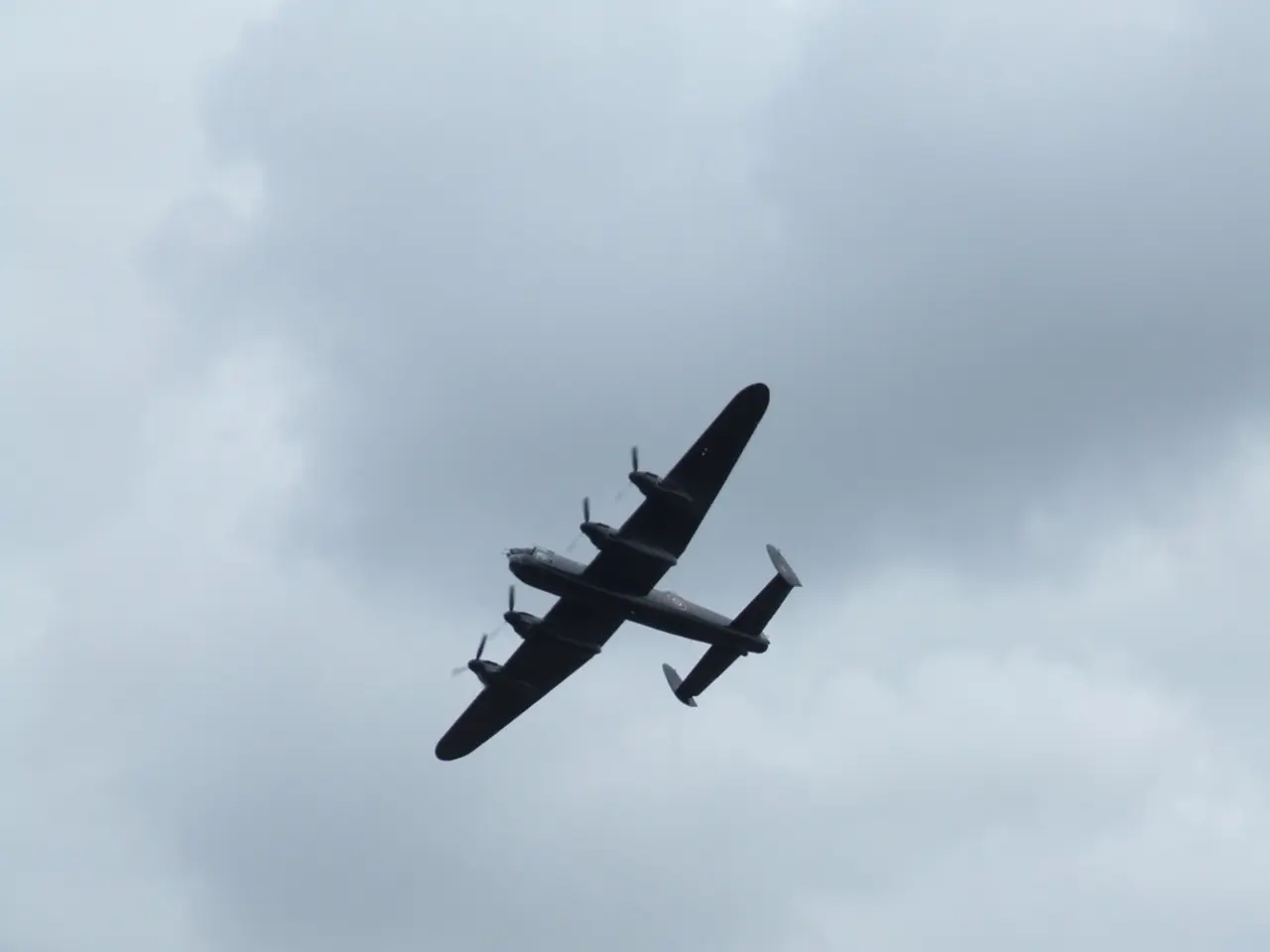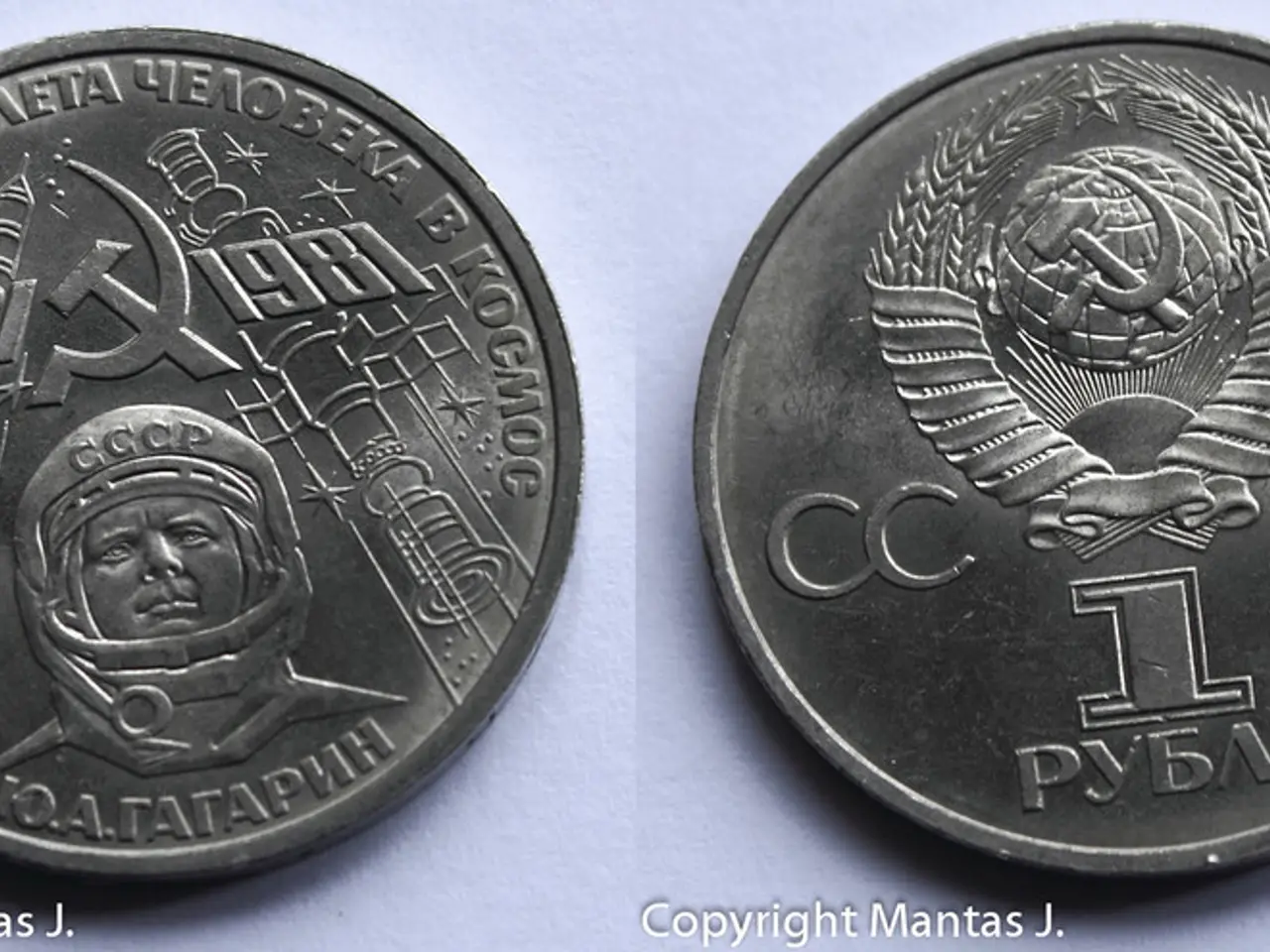Top Night Sky Cameras of 2025: An Examination of the Data
In the realm of astrophotography, the quest for capturing the beauty of the cosmos requires the right equipment. According to expert analysis and reviews up to mid-2025, the top-performing cameras for night sky photography are the OM System OM-1 Mark II, Nikon Z8, and the Sony Alpha series such as the Sony A7 III and A7R models.
The OM System OM-1 Mark II, a compact and lightweight camera, stands out with its specialized astrophotography features. These include Starry Sky AF, which aids in capturing clear images of the night sky, and advanced image stabilization (8.5 stops) ideal for long exposures crucial in astrophotography. The Night Vision mode designed for low-light composition makes it an excellent choice for night sky work [1].
The Nikon Z8 is another impressive contender, particularly for 2025, with features like Night Vision mode to preserve the photographer’s night vision, illuminated buttons for easy operation in darkness, and Starlight View autofocus that works at extremely low light levels (-9 EV). As a professional-level camera, it boasts powerful capabilities suited to capturing faint stars and deep sky objects [3].
The Sony A7 III and other mid to high-end Alpha models remain popular full-frame choices due to their ISO invariance allowing for low noise at high ISO settings, and in-body image stabilization (IBIS) with bracketing modes helping reduce noise and capture sharp images without a tripod. These cameras have proven performance with night sky photographers over recent years [5].
While smartphone cameras like the Samsung Galaxy S25 Ultra have made strides in astrophotography modes, dedicated cameras with larger sensors and specialized features remain the top picks for serious night sky photography.
This assessment aligns with the types of gear used by winners in the Astronomy Photographer of the Year competition over the past seven years, where cameras offering high sensitivity, long exposure stability, and good low-light autofocus dominate [6].
In 2024, 100% of the Astronomy Photographer of the Year finalists' landscape astrophotography photos were taken with full-frame cameras. Meanwhile, astro-modified cameras, such as the Canon EOS Ra and the Nikon D810a, are also popular choices for those seeking even better performance in low-light conditions [4].
For beginners, the best astrophotography camera options depend on budget, with the Canon EOS 6D, Sony A7, or Sony A7 II being recommended. For those on a tighter budget, a used Canon EOS 6D is recommended as the best option for astrophotography [7].
In conclusion, for 2025 night sky photography, the OM System OM-1 Mark II, Nikon Z8, and Sony Alpha full-frame cameras (A7 III and above) are the top performers validated by competition analysis and expert reviews.
References:
- OM System OM-1 Mark II Astrophotography Features
- Smartphone Cameras vs. Dedicated Cameras for Astrophotography
- Nikon Z8 Astrophotography Capabilities
- Astro-Modified Cameras for Astrophotography
- Sony A7 III Astrophotography Performance
- Astronomy Photographer of the Year Competition Winners
- Best Cameras for Astrophotography on a Budget
- The OM System OM-1 Mark II, renowned for specific astrophotography features like Starry Sky AF and advanced image stabilization, is an exceptional choice for capturing clear images of the night sky [1].
- The Nikon Z8, known for its Night Vision mode and Starlight View autofocus, is another impressive camera for 2025, ideally suited for capturing faint stars and deep sky objects [3].
- The Sony A7 III and other high-end Alpha models, recognized for their ISO invariance and powerful in-body image stabilization, remain popular options for night sky photographers [5].
- Dedicated cameras, equipped with larger sensors and specialized features, continue to outperform smartphone cameras in serious night sky photography [6].
- In the Astronomy Photographer of the Year competition, cameras offering high sensitivity, long exposure stability, and good low-light autofocus have prevailed over the past seven years [6].
- Beginners in astrophotography should consider budget-friendly options such as the Canon EOS 6D, Sony A7, or Sony A7 II, while a used Canon EOS 6D is highly recommended for those on a tighter budget [7].




